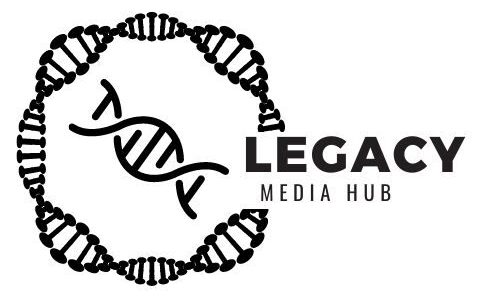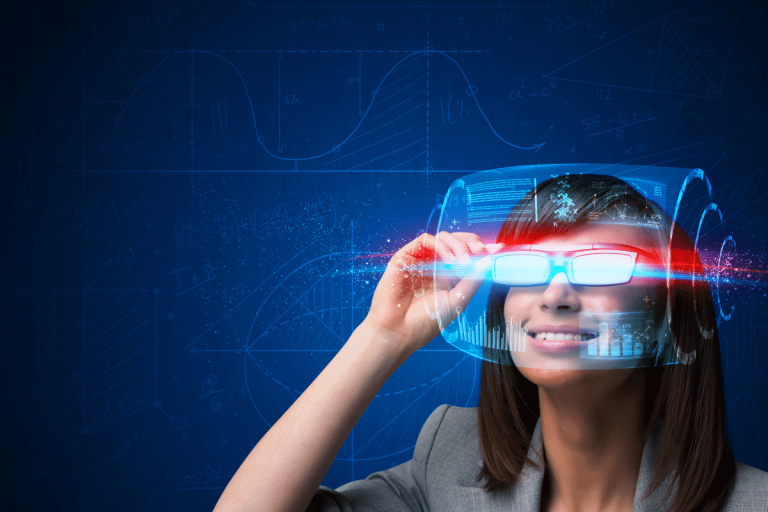Contents
- Realistic holographs (not just yet…)
- Direct air capture (waiting)
- Underwater gloves (not yet)
- Energy storage bricks are in every home (not yet, but microgrids are here!)
- The future of health (almost here)
- Living robots (not just yet)
- The future of love (is here 🙂
- Brain reading robots (not yet…)
- Self-healing ‘living concrete’ (not yet)
- Internet for everyone (long way to go!)
Realistic holographs (not just yet…)
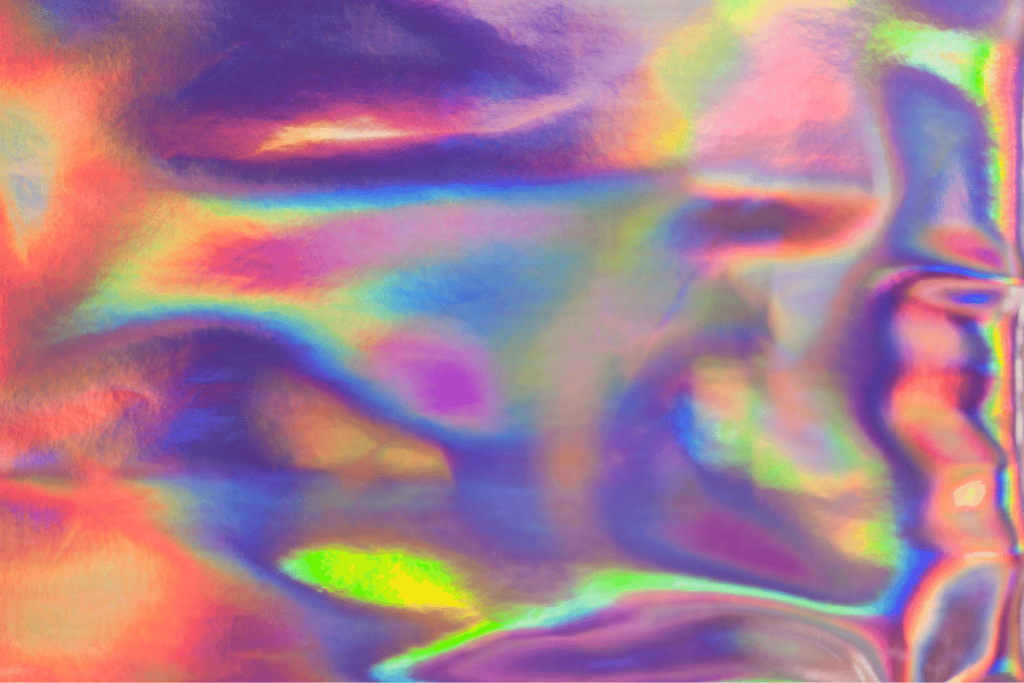
Holography fills science fiction novels, films and culture over years but even if it exists, it remains difficult to accomplish on an extensive scale. But the holobrick is another technological tool that would be useful. Hobologricks are designed to blend multiple holographic elements together into one 3D image. The biggest concern for holographic equipment is the amount of information it needs, especially in the context. The average 2D picture requires 3Gbps of bandwidth to be produced.
Direct air capture (waiting)
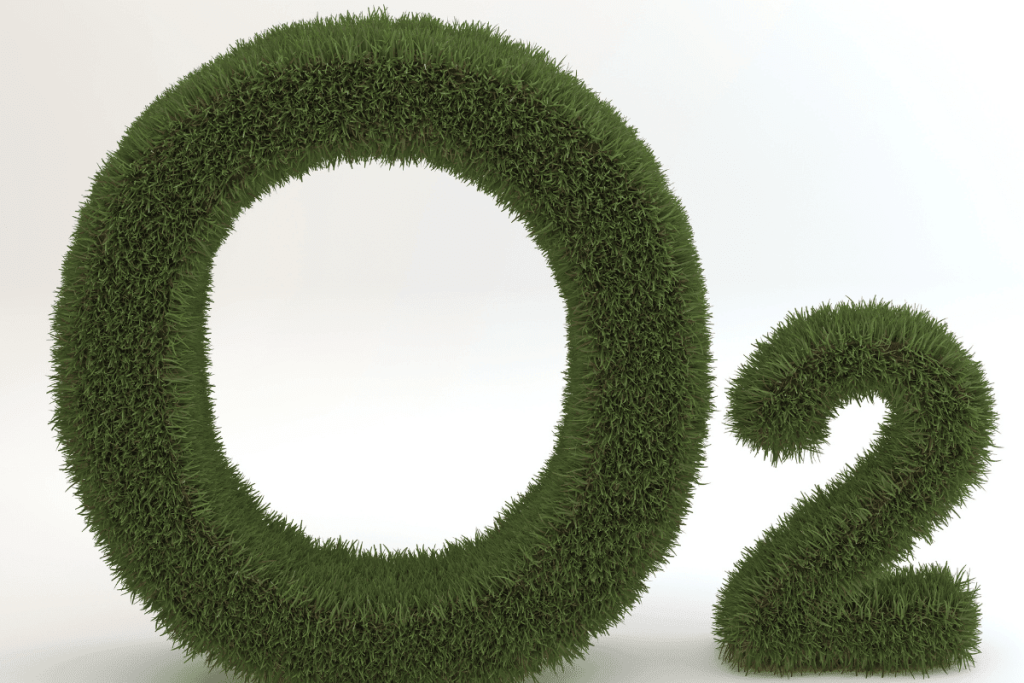
Through photosynthesis, trees are considered a very important way to reduce CO2 emissions. However, new technologies would be similar in function to trees in the sense of absorbing more carbon dioxide while also using less land. It was previously called direct capturing (DAC). The technology mainly uses carbon dioxide to take up space in deep underground caves and store it as hydrogen for the manufacture of chemical fuel. Currently, this technology is very promising, with many challenges.
Underwater gloves (not yet)
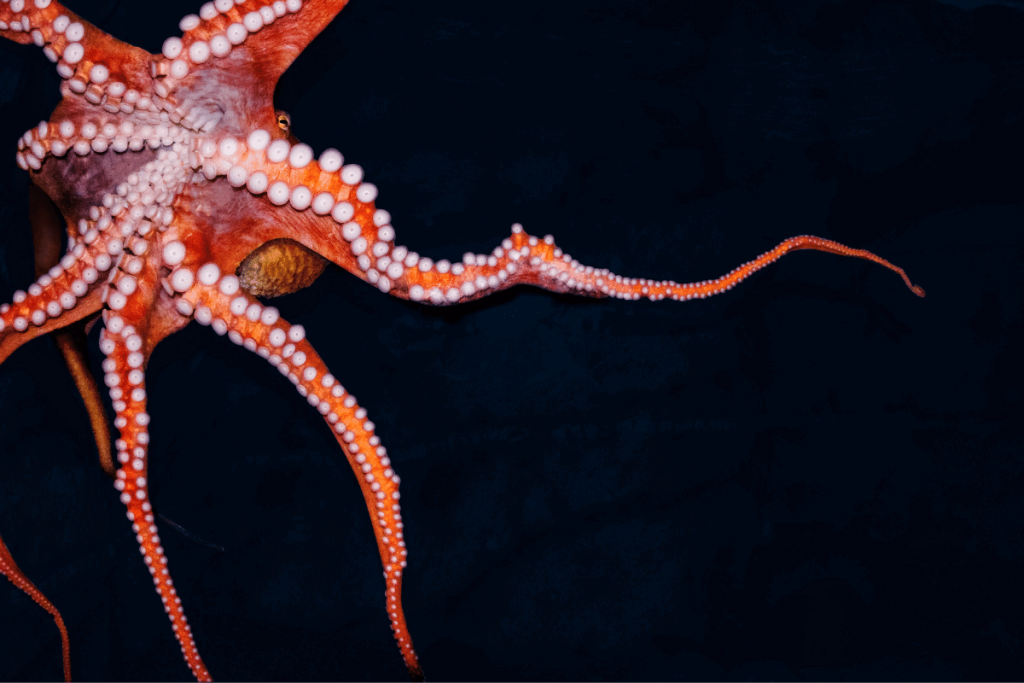
The octa glove is a great example of technological advancement. Researchers are developing underwater gloves which mimic the sucking abilities that the octopus possessed for the human hand. It was created as a result based upon how suckers are made from octopuses. These devices are designed so that the same function is accomplished by a simple pressure-release mechanism that activates a connection. The suckers can tighten and release objects underwater without requiring heavy force.
Energy storage bricks are in every home (not yet, but microgrids are here!)
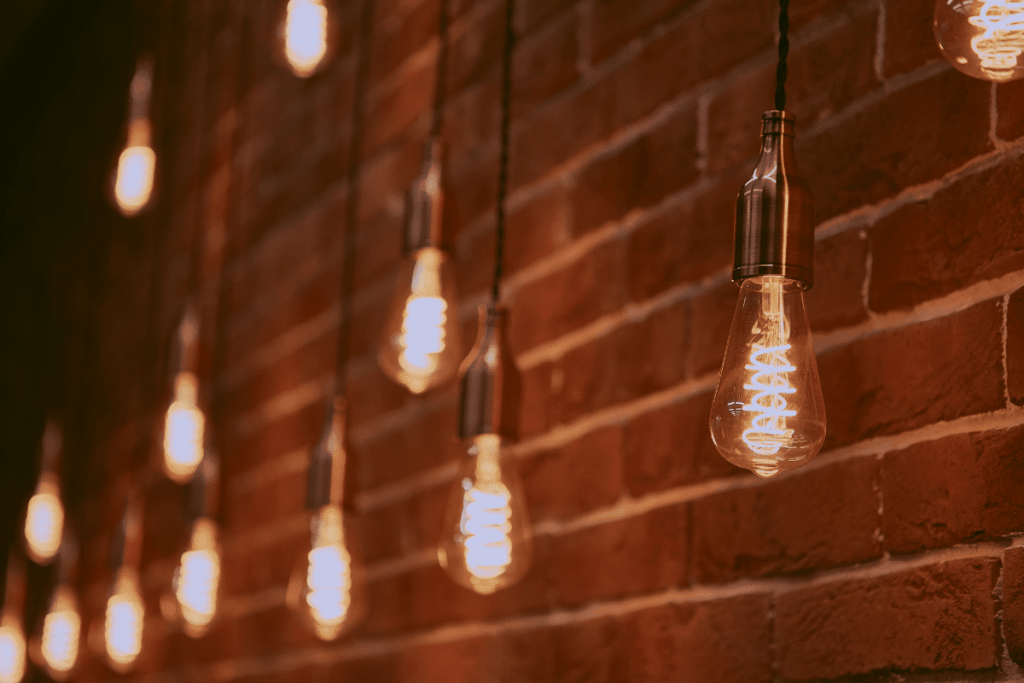
Researchers discovered that storing electricity in red bricks makes homes possible. Scientists at Washington University in Washington, MO developed a method to create “smart bricks”. Despite the fact that these brick walls have not yet been validated, scientists said the structures can hold up to 100 million gallons per hour. Researchers used red brick as a storage material in their study to create an ultra-capacitor.
The future of health (almost here)
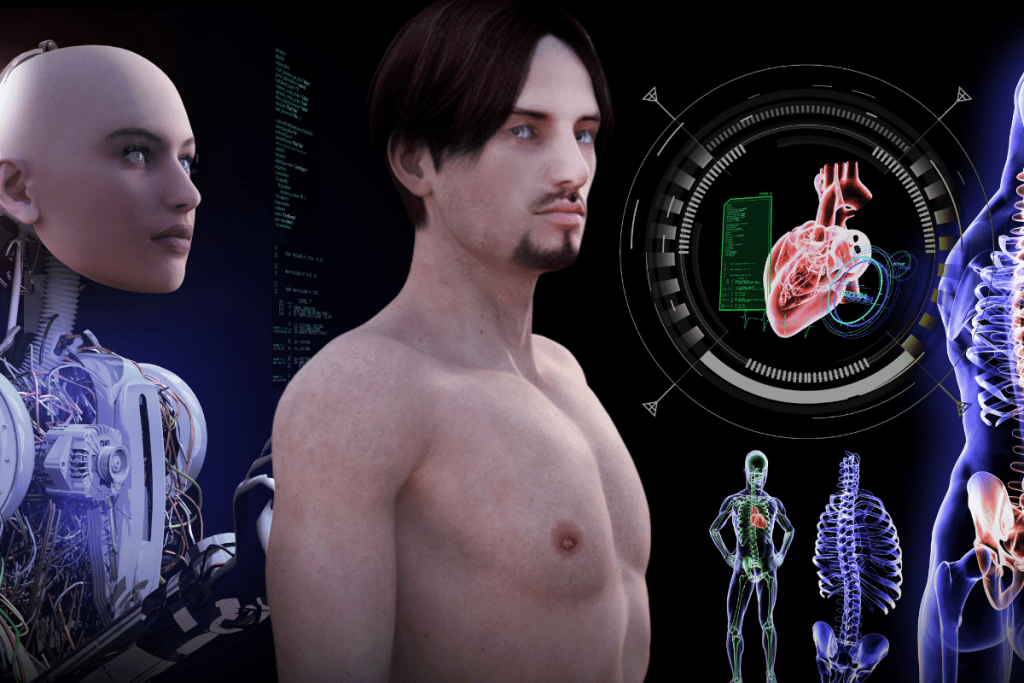
How can the world be better? What would it look like: Hospitals represent the most cost-effective single element in the health sector. I’m sure healthcare strategy can be a little more effective if people stay away from them. Increasing the use of sensors on smartwatches and bio-scanners is likely to be the key as we gain greater control over our health information, allowing our users to monitor their progress.
Living robots (not just yet)
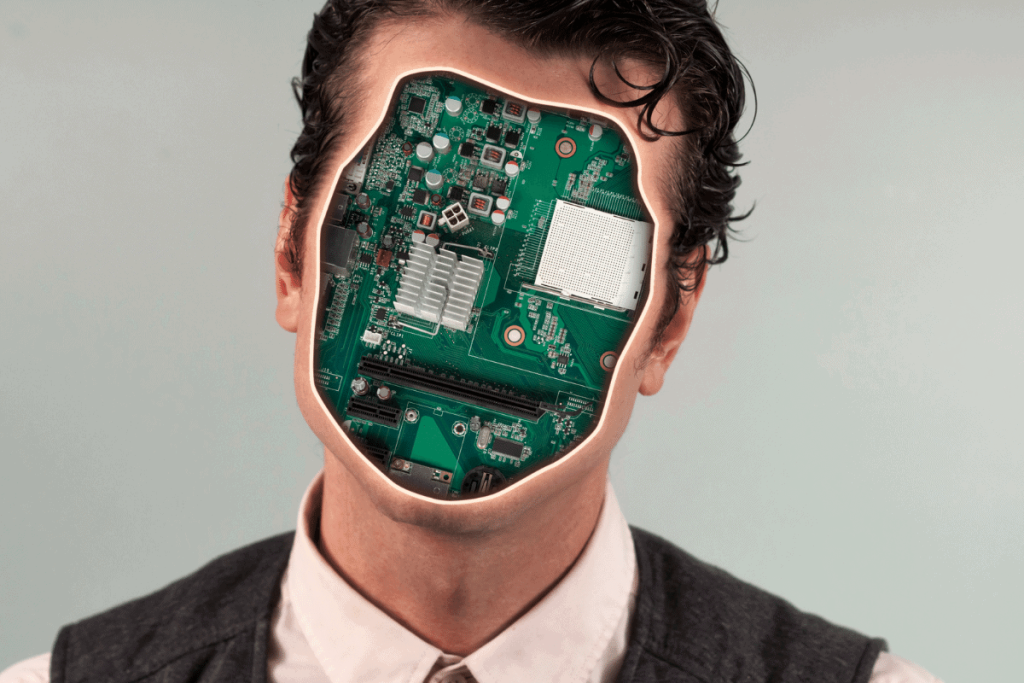
The robots could be used to swim around the human body to specialized places in the ocean to collect microplastics. “They’re a new living machine,” says Joshua Bongard, computer engineer and robotics engineer from the Université de Vermont, coauthoring the millethroid-sized bots known as xenobot. “Botoms are neither known as robots nor as an animal breed. It is an emerging artefact: life, programming organism. “
The future of love (is here 🙂
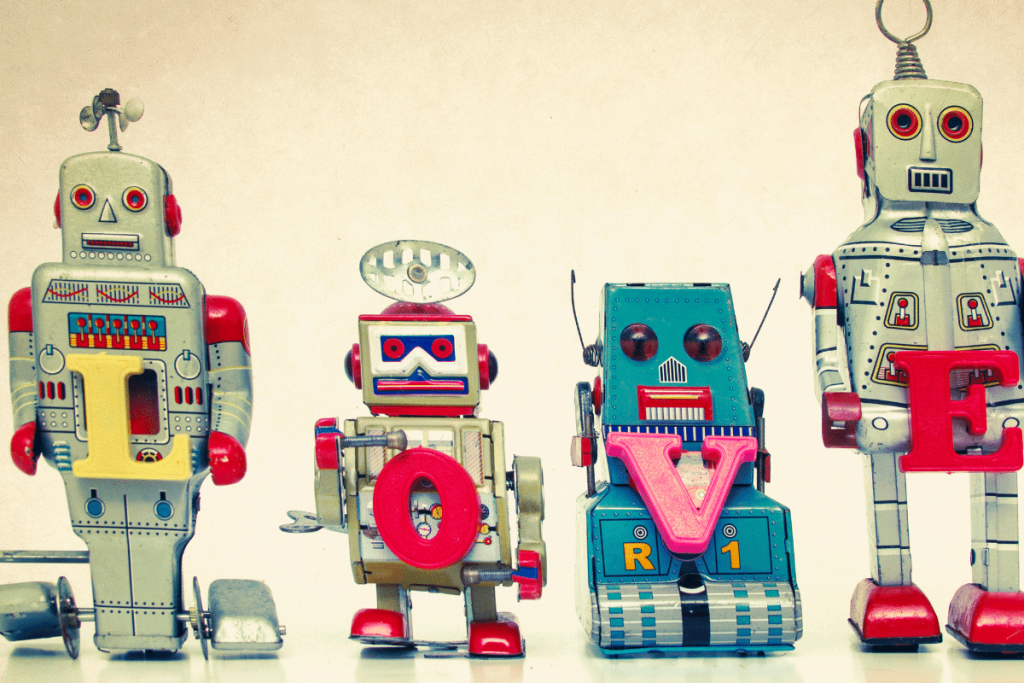
What this will never happen: The film Her (2012) where Joaquin Phoenix falls in love with AI operating system Scarlett Johansson voices. The internet changed everything from how people met to how they stumbled across each other. Online dating sites such as Vine Snaps and Grindr are providing people with new ways to look outside of a friend’s circle. The old social norm no longer affects people’s freedom and living with your robot is perfectly normal, changing society as we know it.
Brain reading robots (not yet…)
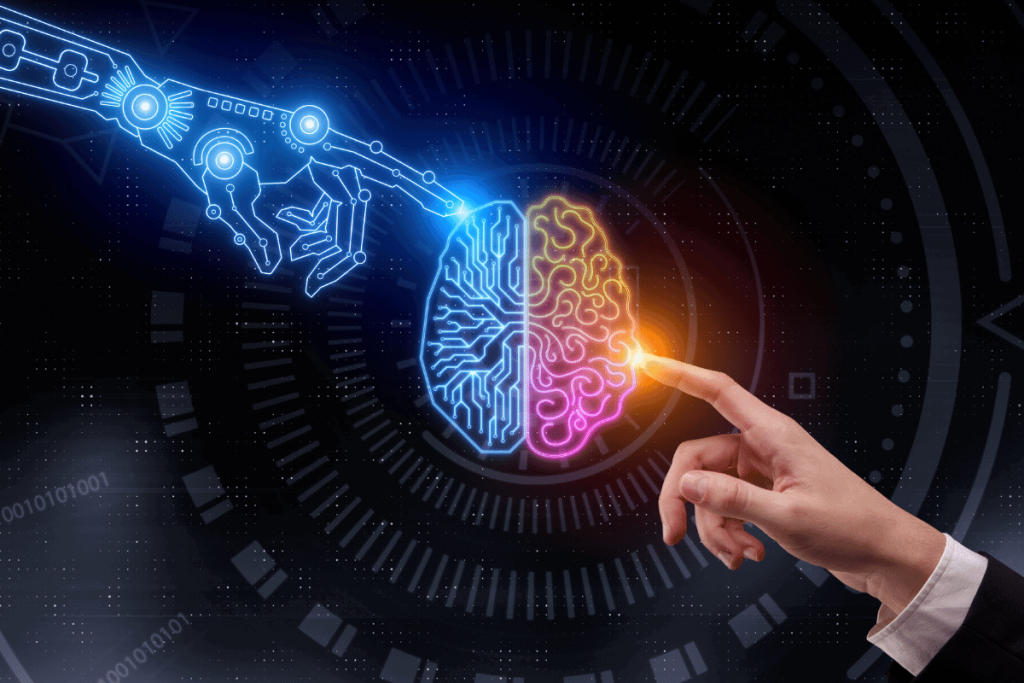
The use of brain reading technology has greatly advanced over the past decade. Researchers from ePLL have gathered data on some of the most interesting uses tested to date. Using the help of a machine-learning algorithm a robotic arm has been created to allow tetraplegics to communicate with the world. The robot could carry out some of the simplest tasks such as moving around obstacles.
Self-healing ‘living concrete’ (not yet)
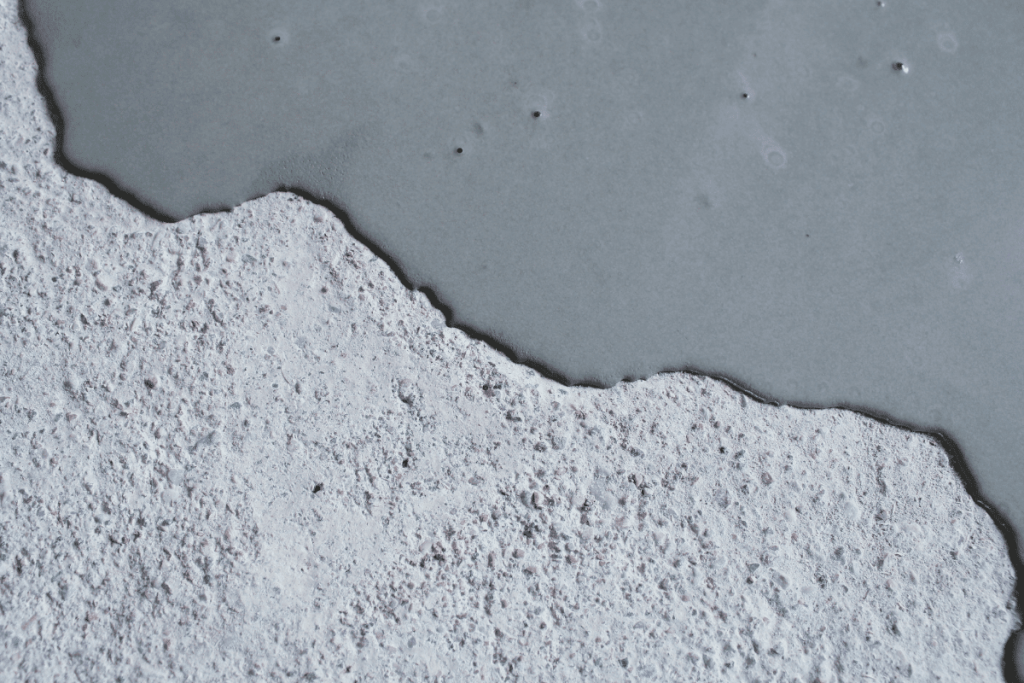
Scientists have fabricated concrete with the help of sand and gel. Researchers say these buildings are structurally bearing, self-healing, and are environmentally safer. Concrete is the world’s second-most-used material after water. The university believes the project could help create future buildings that will cure “the cracks in their skin – or burn them out in the air”.
Internet for everyone (long way to go!)

We cannot imagine living without the internet, but about 49% of the global population still has no internet access. There are many reasons why there are some who simply cannot connect with an internet connection. Meta and Google and Musk are still trying to solve this problem by sending drops of devices, there are still people who don’t want to use the net though…
We see things differently here at Legacy Media Hub and we focus on what we can control, we can help people to learn more, to develop themselves and whilst the present moment for many many may not be easy there is a solution. We will survive and there will be many things to be grateful for.
